Sydney, NS – September 8, 2012
At the visitor center where we entered into Nova Scotia, we were told Glace Bay had the best coal mine tour in Nova Scotia. Coal mining used to be a really big deal in Nova Scotia and folks are quite proud of their heritage. It is unfortunate that they were treated like slaves, never making enough money to get ahead of their bills at the company store.
We also heard several comments about how Nova Scotia and Newfoundland still had plenty of coal, but the power plants now buy all the coal they need from Venezuela. As a result, the coal miners no longer have jobs.
The underground tours are led by former miners which is the reason the museum receives such good reviews. And these guys have plenty of stories to tell. The walk into the mine is very confining and as you go deeper the head room decreases to about 4 feet.
Some of the tales were about how families were forced to have all males over the age of 11 work in the mines. If for any reason a miner fell ill or got hurt, the next male child over the age of 6 had to go work in the mines. They were often given easy jobs, but the jobs were still dangerous, subject to cave ins or air poisoning. The only housing available was company housing and to be able to live in a company house the family had to have at least one person working in the mines.
One more fact about the mine we visited. Even though access was from dry land, the actual coal mining was done under the Atlantic Ocean. So not only are you under ground, you're also under the ocean. I guess it's better if you don't even think about it.
After touring the coal mine, we had hoped to visit the Marconi Museum, but it closed for the season the day before. Still we wanted to see the location and the displays that were outside.
In 1902 Marconi was forced to leave Newfoundland because the Anglo-American Telegraph Company, owner of some of the cables laid across the bottom of the Atlantic Ocean, threatened to sue him if he didn't stop experimenting with radio communication across the Atlantic. So the Canadian government invited him to build a radio station at Glace Bay, where Marconi made his first successful transatlantic radio wave transmission to England. However, it wasn't consistently repeatable so they moved to another location about fifteen miles away where they were able to build better antennas. So the experimentation took place in Glace Bay, and the more permanent facilities were built in Port Morien.
No visit to Sydney is complete without seeing the largest Violin in Canada.
Tomorrow we seek a new base camp from which to explore more of the Cape Breton Highlands and the Cabot Trail.
Since Big Guy didn’t move today the map is the same as yesterday.

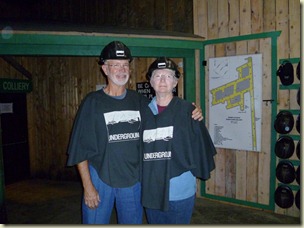
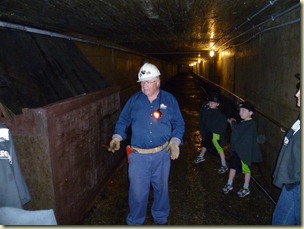
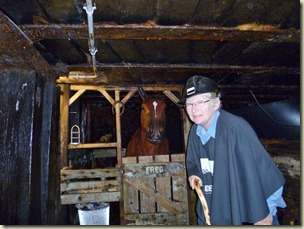
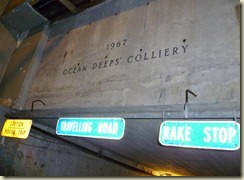
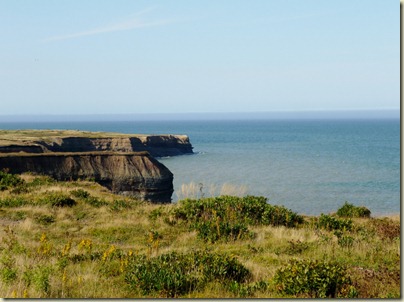
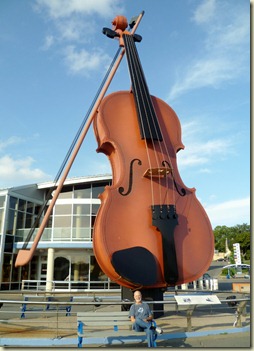
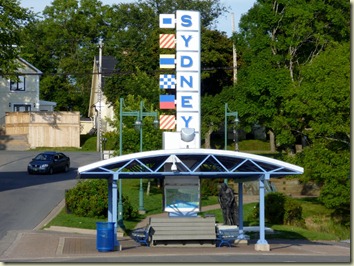


No comments:
Post a Comment